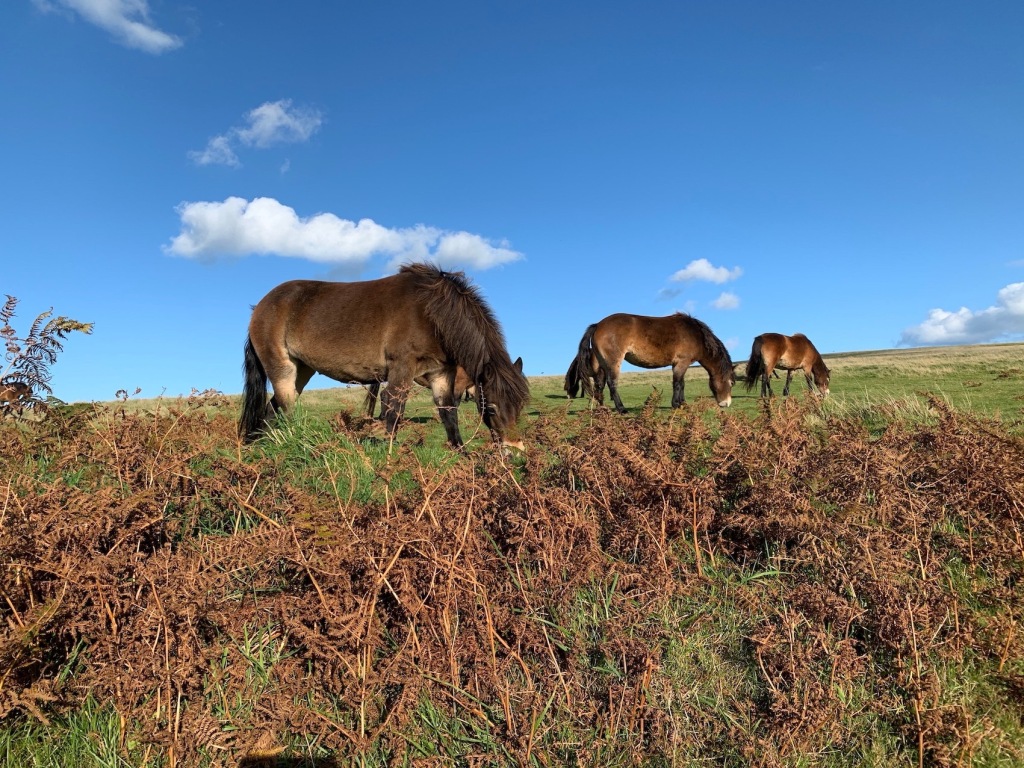
When I retired it was my intention to see a bit of the world. It’s a big place and there are plenty bits of it I haven’t discovered. Some of those bits are not too far from home, in fact discovering bits of Britain to which I am unfamiliar can be as much fun as visiting places a ten hour flight away. To be fair, I wasn’t completely unfamiliar with Somerset. Many years ago I went there with my mum, dad and sister, staying in Weston-Super-Mare. I know we visited Cheddar Gorge and the Wookey Hole Caves but more than that I can’t remember. I believe it was the last holiday I ever spent with my dad. Earlier this year I got a bit of a preview of the west of the county when I went on a steam train excursion that took me from London to Minehead and back. What I saw of Somerset looked very nice but there wasn’t much exploring to be done other than the couple of hour we had in Minehead. With some time off in October, Elaine and I decided that Somerset might be a good place to spend a few days. Airbnb came up with a place that looked ideal so we booked it along with flights to Bristol and a hire car. Once safely ensconced in our Vauxhall Corsa which unusually but thankfully had a spare wheel, we set off from the airport to discover the county of Somerset (and a bit of Devon).

It turned out that it is quite a big place. The Airbnb was situated a mile or so outside Brompton Ralph. No, we had never heard of it either. This is unsurprising as despite being only ten miles from the county town of Taunton, Brompton Ralph is the epitome of Back of Beyond. The instructions as supplied by the Airbnb owner were accurate which is just as well as Google Maps had some funny ideas about what constitutes a semi-decent road round there. Even with the instructions there was no avoiding single track roads with, if you were lucky, passing places as long as you didn’t mind disturbing the hedge. Speaking of which, the hedges were frequently high making a drive along such lanes rather claustrophobic and, at times, scary, especially when a tractor was coming the other way. When we found the accommodation, an hour and a half had passed since we set off from the airport. Somerset is no Rutland. The accommodation was a modern annexe to the owner’s modern house set in a five acre garden surrounded by farmland. It was very comfortable and well equipped. There was no mobile phone signal and whilst good wifi was provided, the internet had two speeds: slow and oh for God’s sake. Not that this mattered of course, we weren’t there to phone anyone or watch Netflix. It got quiet and very dark at night. I saw the Milky Way. The real one, not the chocolate version.
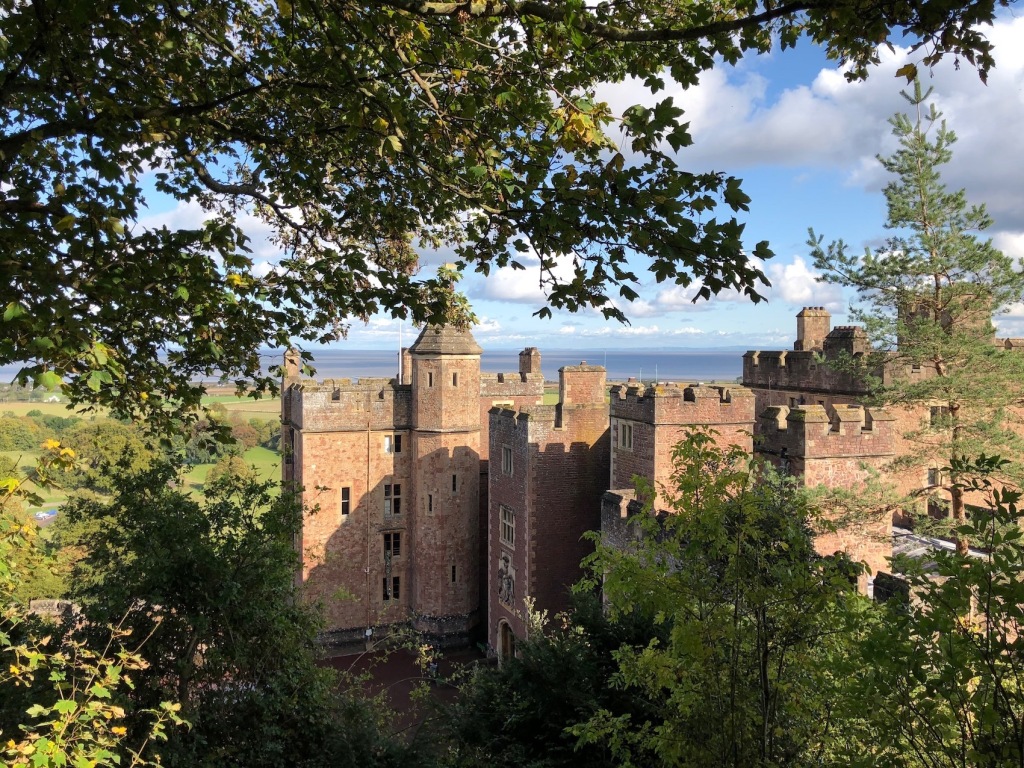
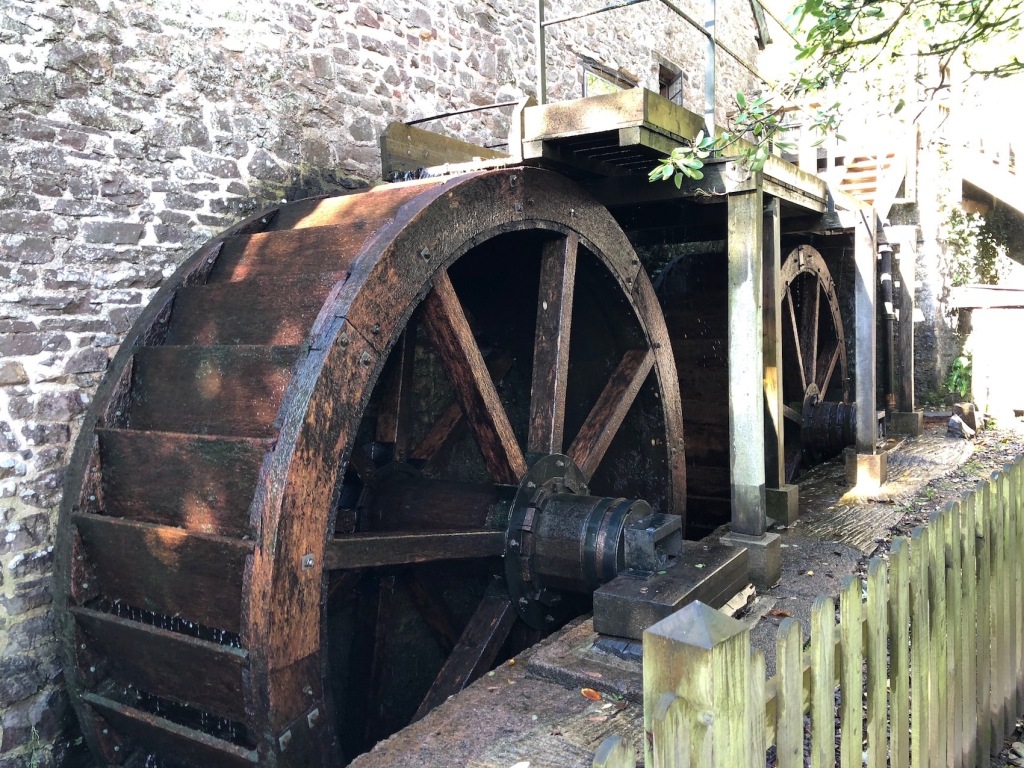
The following day we began our discovery of West Somerset. Well, not quite. The hire car had a puncture. With no phone signal (I’m sure the owners would have let us use the landline had they been in at the time) there was no way to contact the recovery service so it was a case of changing the wheel myself. As mentioned, we were thankful the car had one, it is by no means a given nowadays. Wheel changed, we set off for Dunster Castle. This isn’t really a castle, though it once was, more a country house set on a hill or tor as they are known down there. It is owned by the National Trust and was doing a brisk trade on this October Saturday. It looks a quite a magnificent building from a distance and proved to be so close up too. The gardens are basically the sides of the tor and kept pristine despite the difficulties the gardeners must have in pruning the pansies on a near vertical face. We got on the attic tour which showed some of the rooms that have been left empty and unrestored and are just as interesting as those grand rooms with portraits of the family ancestors on the walls. If you like old buildings, this is a good ‘un. If you don’t it’s a nice place to have a wander around. As indeed is the village of Dunster at the bottom of the hill. It basically consists of two streets and relies on the tourist trade to keep its shops going but is none the worse for that. We went into Minehead for tea where I had the most enormous mixed grill. After it I vowed never to eat meat again. That lasted all of a day.

The following day just happened to be my birthday. What better way to spend it than messing around on old trains? I know I’d been on the West Somerset Railway’s track earlier this year but as we were so close it would have been rude not to go on it again. The WSR is one of longest preserved rail lines in the country at 22 miles. It runs from Bishops Lydeard in the south to Minehead on the coast and there are eight stations between the two. It is quite a big organisation with fifty full time staff and around a thousand volunteers catering for 200,000 visitors a year. Whilst it is loved by steam enthusiasts, families, day trippers and just about anyone else visiting that part of the country, it also proves a handy thing if you fancy a walk. We bordered the train at Bishops Lydeard and, hauled by the same locomotive that had been on duty when I was there in the summer, we chugged sedately to Watchet. Here we disembarked and set off to walk the eight or so miles to Minehead. The walk is part of the West Somerset Coast Path and, as you might imagine, follows the coastline though once you leave Watchet there’s a bit of woodland to pass through. Once clear of the trees there are some glorious views to be had across the Bristol Channel and of the Quantock Hills. There’s quite a lot of static caravan parks too but one of those in Blue Anchor did have a cafe where we had lunch. Once in Minehead we had a bit of time to have a wander around before boarding the train to take us the full length of the railway back to Bishops Lydeard. The train is limited to a rather pedestrian 25mph but with the smoke and steam from the engine up my nostrils I was hardly going to complain about the journey taking an hour and twenty minutes.

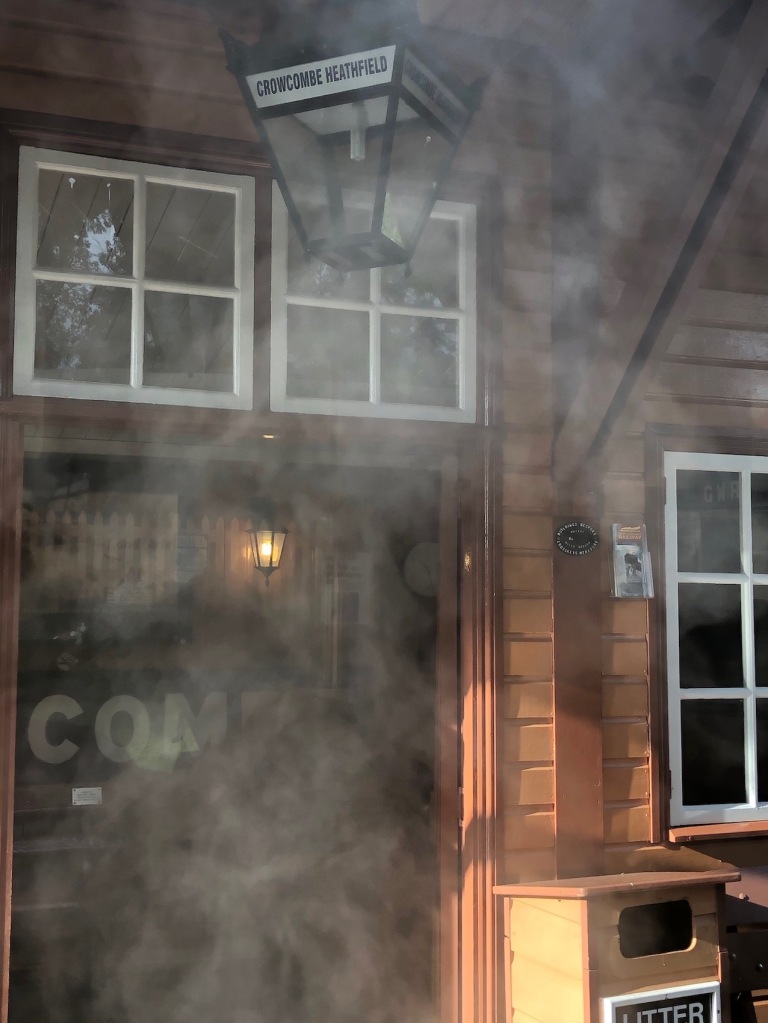
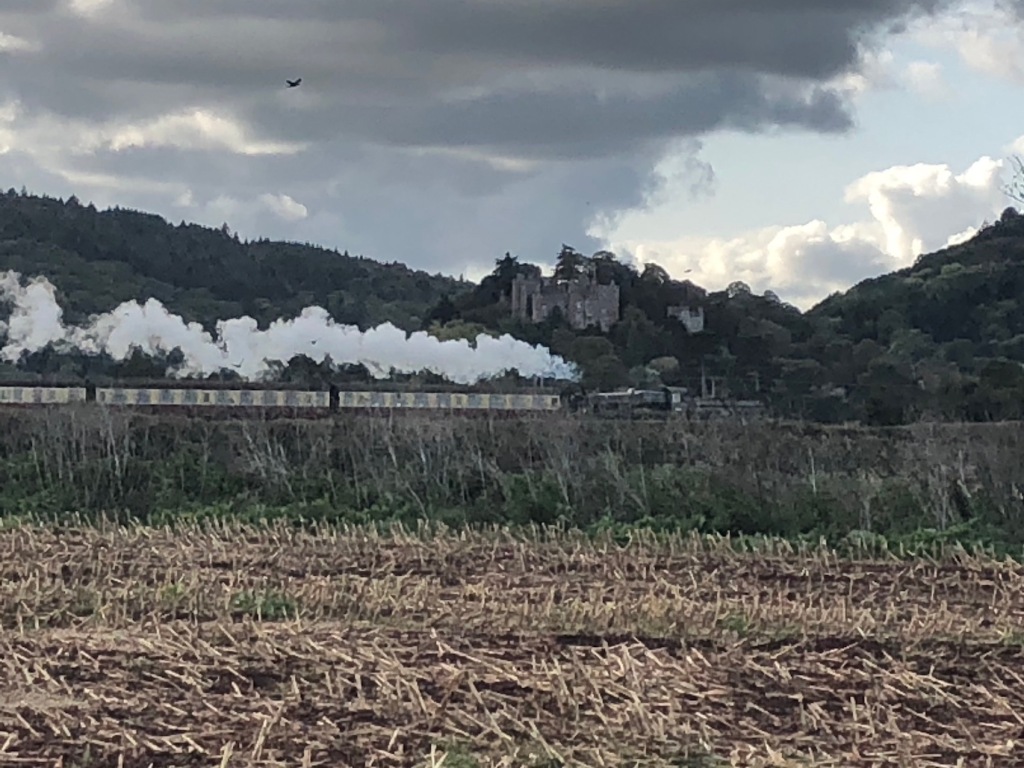
As I mentioned earlier Somerset isn’t particularly small and it was an hour and a half’s drive to Wells, our destination on the following day. Wells lays claim to being the smallest city in England though the square mile of the City of London means it loses out on a technicality. It’s a pleasant little place though with a whopping cathedral, and the adjacent Bishop of Bath and Wells palace wasn’t exactly bijou either. It doesn’t matter what your religion is or indeed if you don’t have a religion at all, the great cathedrals of England are really quite awesome. Wells is no exception and what’s more you can get in for free, assuming you have a sufficiently brass neck to avoid making the suggested donation that looks for all the world like an entrance fee. Fair enough. We paid up. There was a school concert happening which provided a pleasant musical accompaniment to our visit. It climaxed with the Circle of Life from the Lion King which makes a nice change from the hymns and stuff you normally get in a place of worship. We decided to abort our plans to head further northeast to Bath and instead headed back a few miles to Glastonbury. Instead of a big cathedral, this small town has a big hill called Glastonbury Tor towering above it. We walked up to the top and were rewarded with nice views over the Somerset Levels. We also walked back down again and ended up in the town which was, well, it’s hard to describe. I’ve never been to a place with so many pagan, hippie, new world and crystal healing shops. The tor has been associated with paganism and religion for millennia and the place is a mecca for your latter day tree hugger. Many of the better off hippies actually live there. King Arthur is buried in the grounds of the abbey apparently. Please excuse my scepticism. We stopped off in Wellington for tea on the way back. This was another small town but much more straight laced than Glastonbury. It had both a Waitrose and a Wetherspoons. More my sort of place I think.
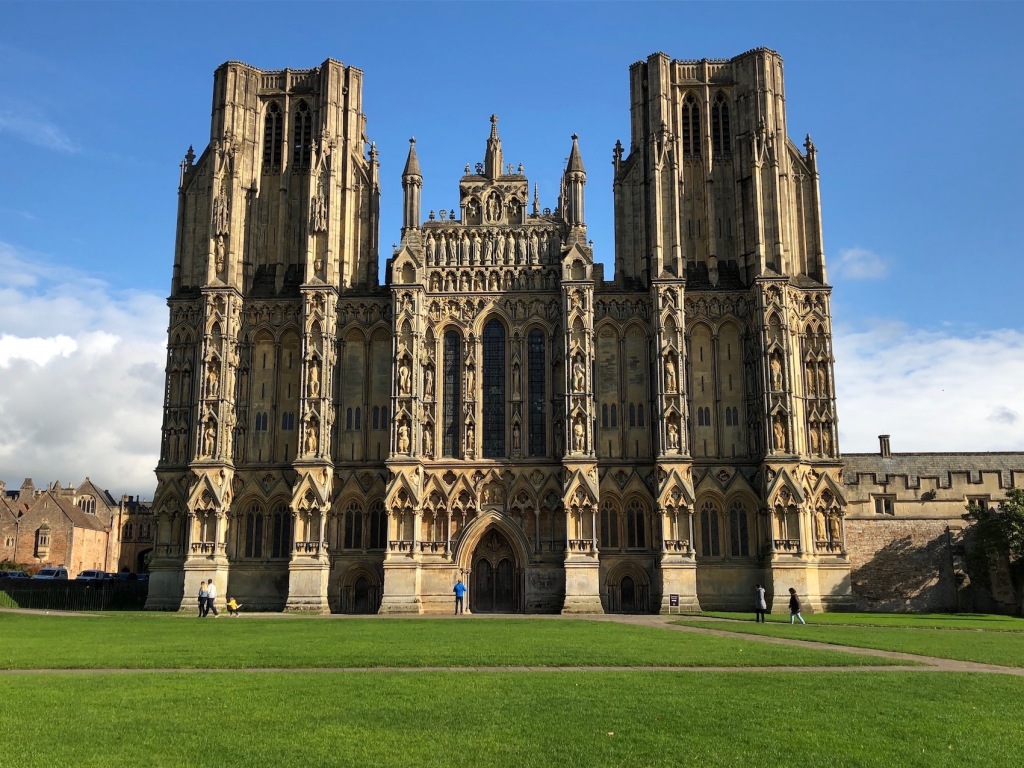
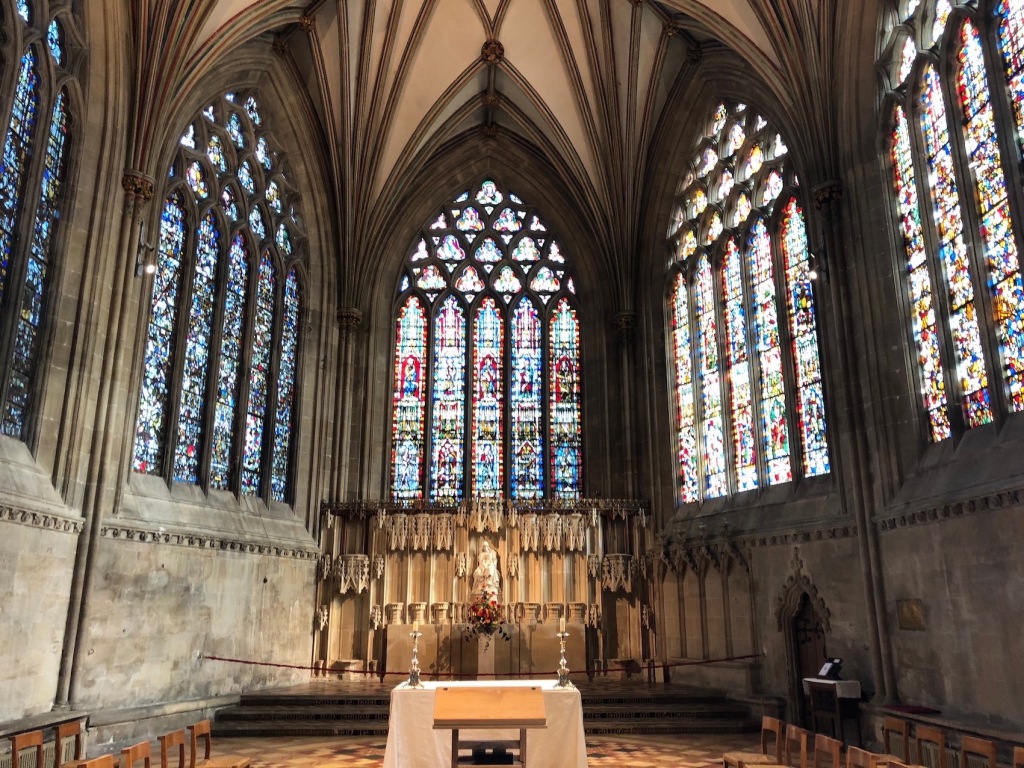

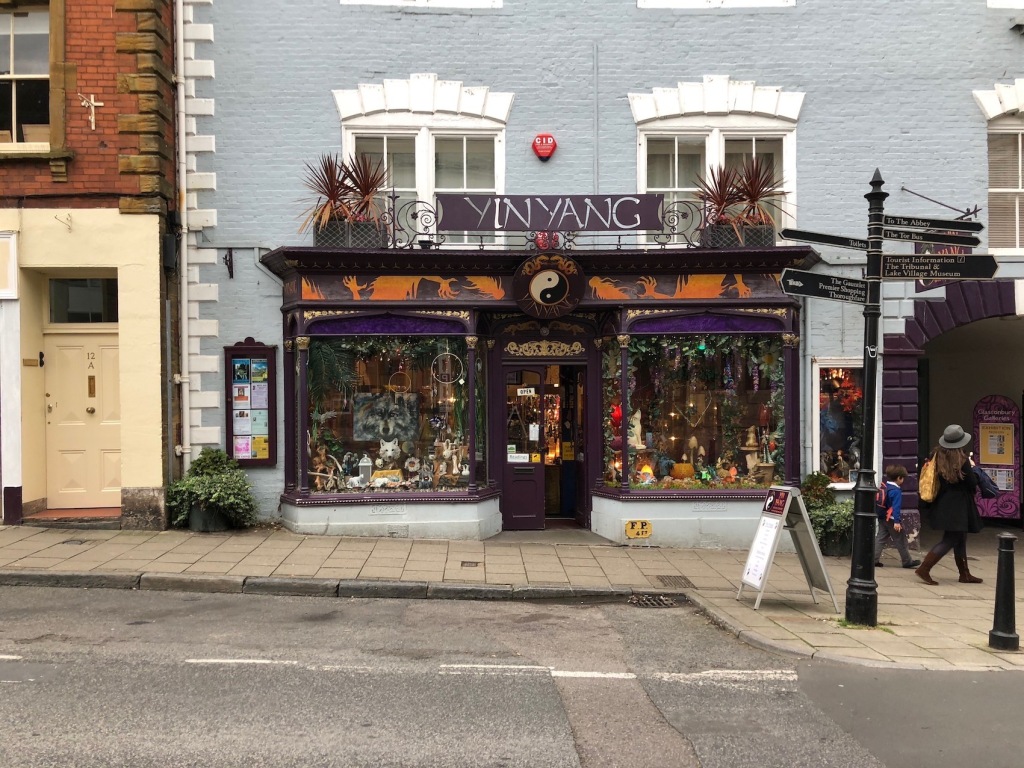
We spent the next day in Devon. I know I’m supposed to be extolling the virtues of Somerset here but Exmoor, most of which is in Devon, was just a few miles to the west and decided we had to go and have a look. Exmoor is Dartmoor’s less well known sibling but it fills all the criteria of a moorland national park. It’s got moors, though a lot of the land is farmed too. It is a bit remote, has small lanes, you are likely to have to avoid a feral horse or two and there are hidden towns that you’ve never heard of before. It also had a very nice area called the Tarr Steps. The steps referred to a clapper bridge across the River Barle. If you are unaware as to what a clapper bridge is, just think of a straight Stonehenge – piles of stones with big flat stones between them. A bit like a normal stone bridge really only with no mortar holding the stones in place. They regularly collapse whenever the river swells following heavy rainfall. The one at Tarr Steps is the longest one in the country. We did a little circular walk along both riverbanks and had lunch at the adjacent pub. It felt as tough we were miles from anywhere, probably because we were. After this we headed to Lynton and Lynmouth, twin villages on the coast, one at the top of a cliff, the other at the bottom. Between the two is the Cliff Railway, a funicular powered by water. It’s quite a simple concept – the two carriages are linked with a cable, the one at the top fills a tank with water, the one at the bottom empties its tank. The heavier car descends the track pulling the lighter car up. Once it reaches the bottom the operation is repeated and without the need for electricity the two cars spend the day ferrying people up and down the steep cliffs. Of course you don’t just go to Lynton/Lynmouth just for that. Well, I could but most people would want something else. You get that though with the views, not to mention a whole world of ice cream opportunities. It’s a nice place.
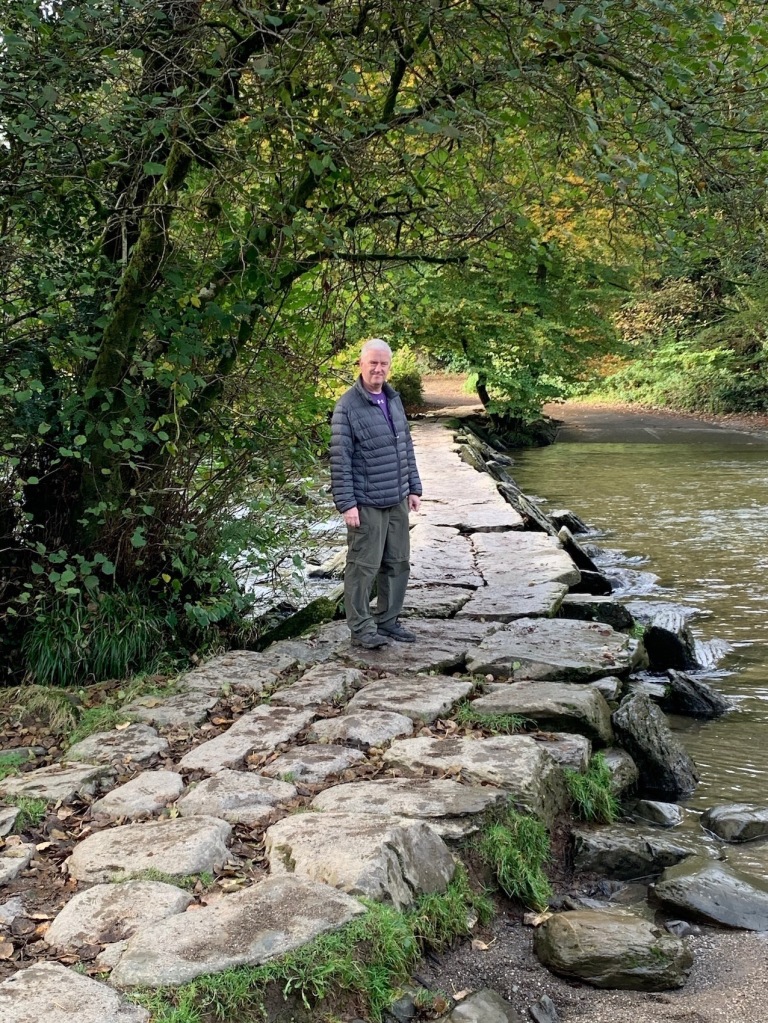

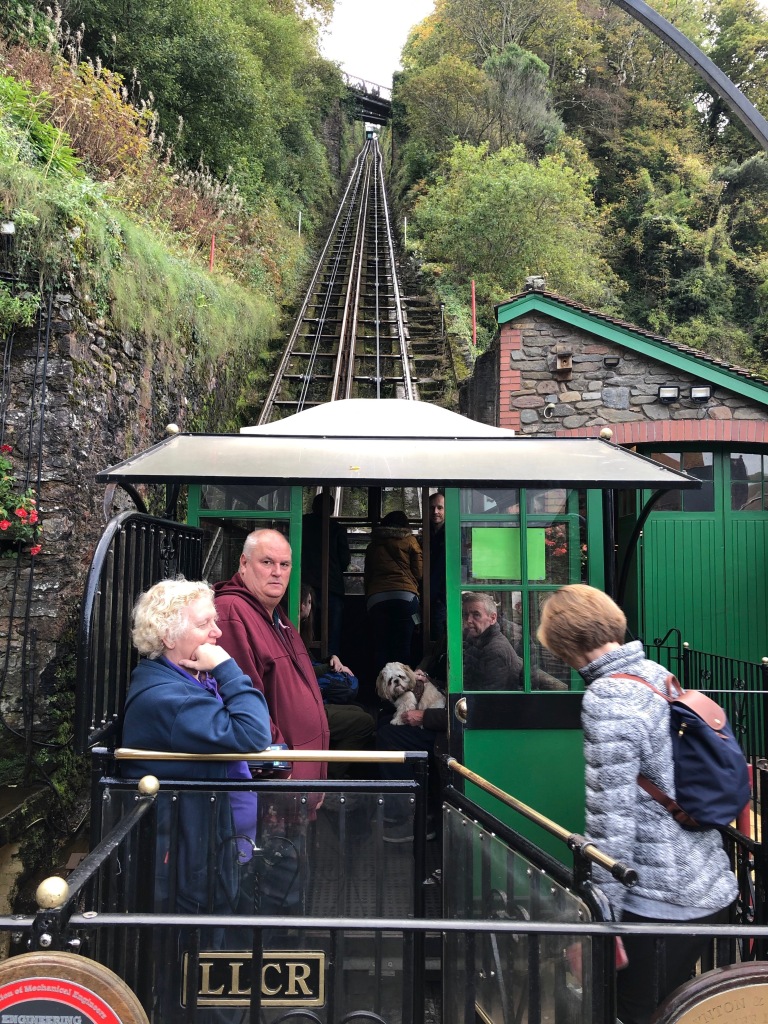
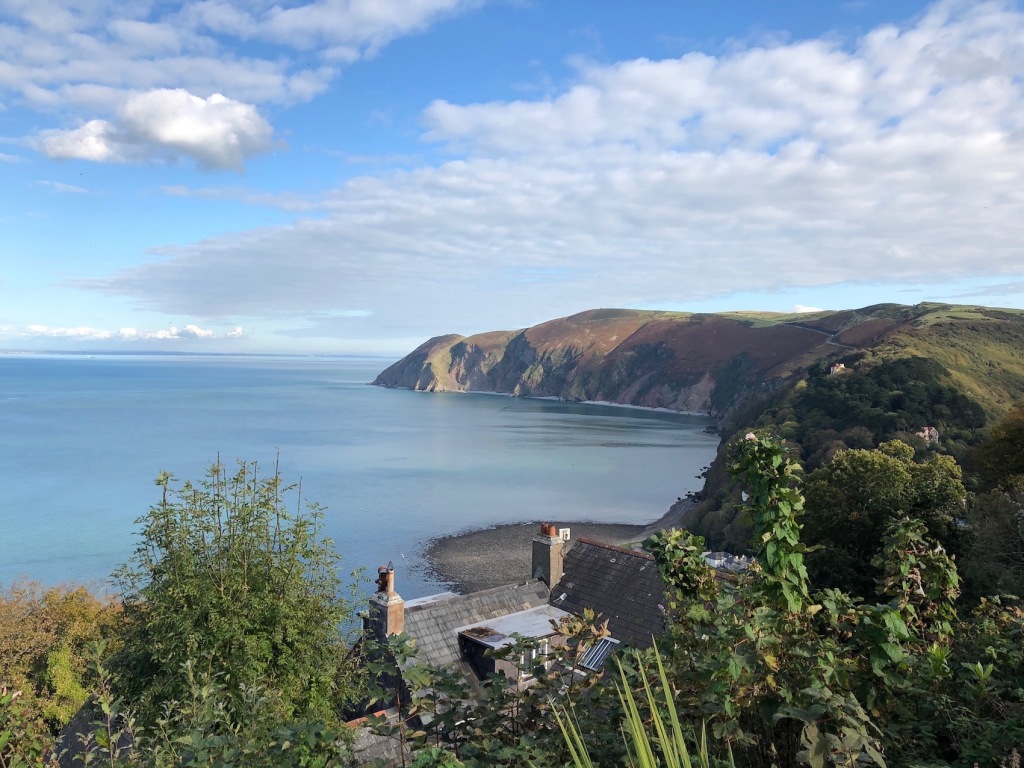
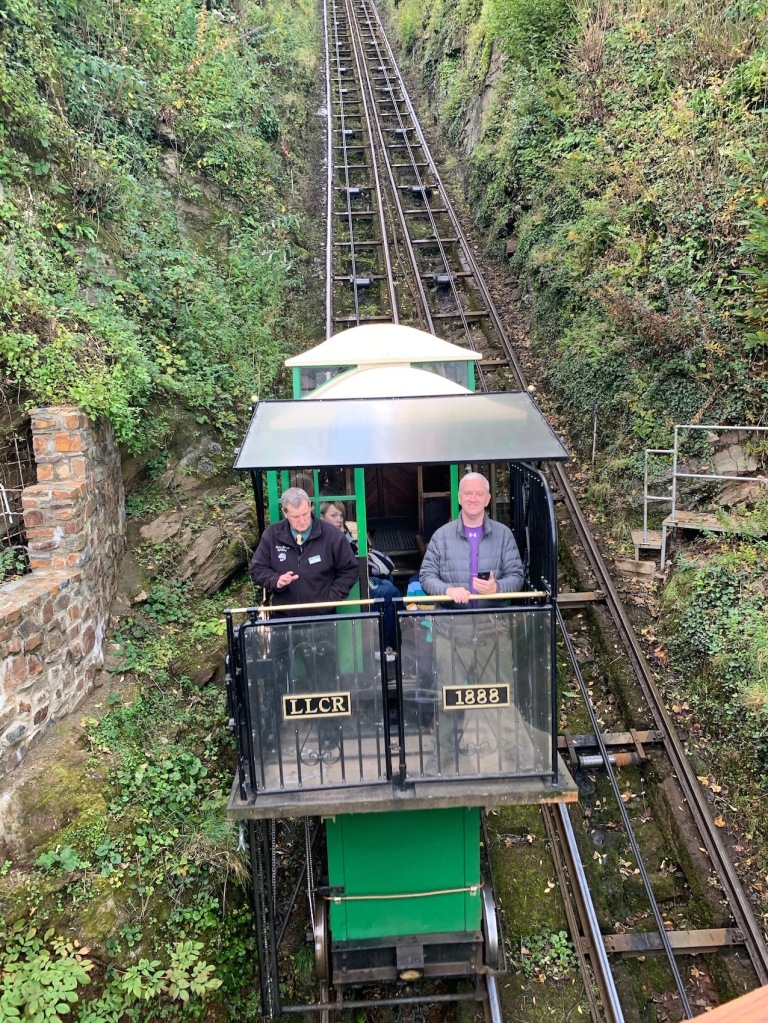
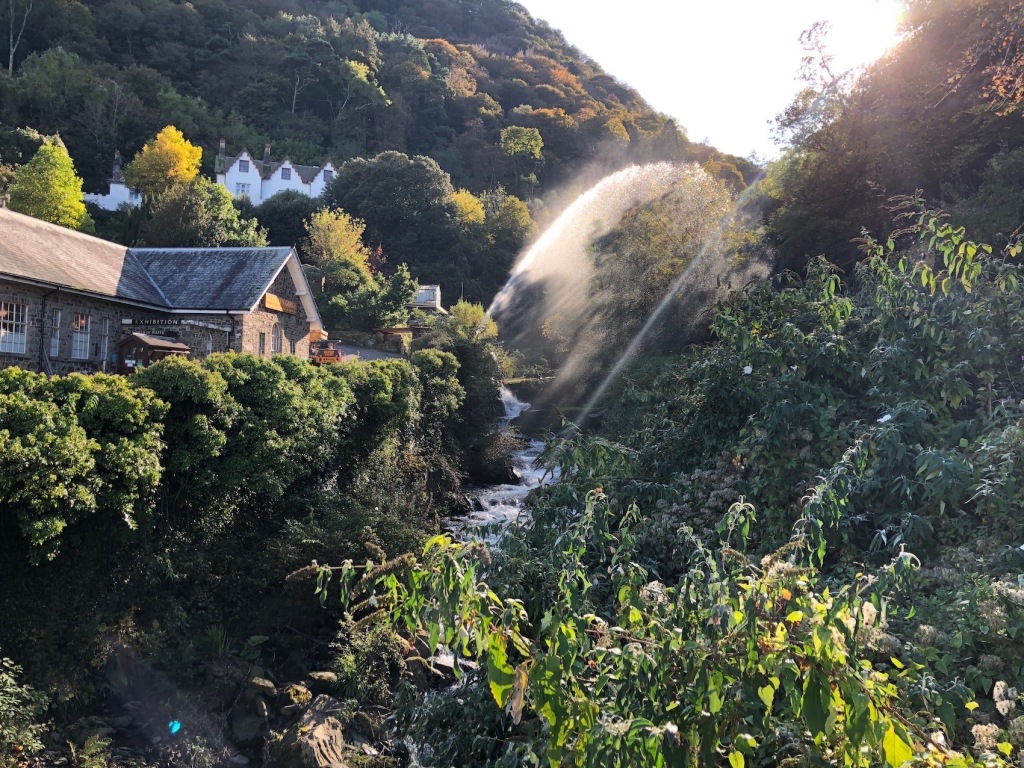
Over the next couple of days our further travels took us to a couple of other National Trust properties. You are spoilt for choice with NT properties in this neck of the woods. Montacute House near Yeovil is an Elizabethan Mansion. Whilst it has undoubtedly a rich history from the Elizabethan period it has achieved much greater fame as the basis for Tottington Hall in the film Wallace and Gromit and the Curse of the Were Rabbit. Such is fame nowadays. The other house was Tyntesfield. We stopped here on the way back to the airport which gave us limited time. It wasn’t enough, the house and gardens are spectacular and huge and warranted much longer than a couple of hours. The house is Victorian, built by one William Gibbs whose phenomenal wealth came largely from Peruvian bird shit. Guano was big business (sorry) back then.
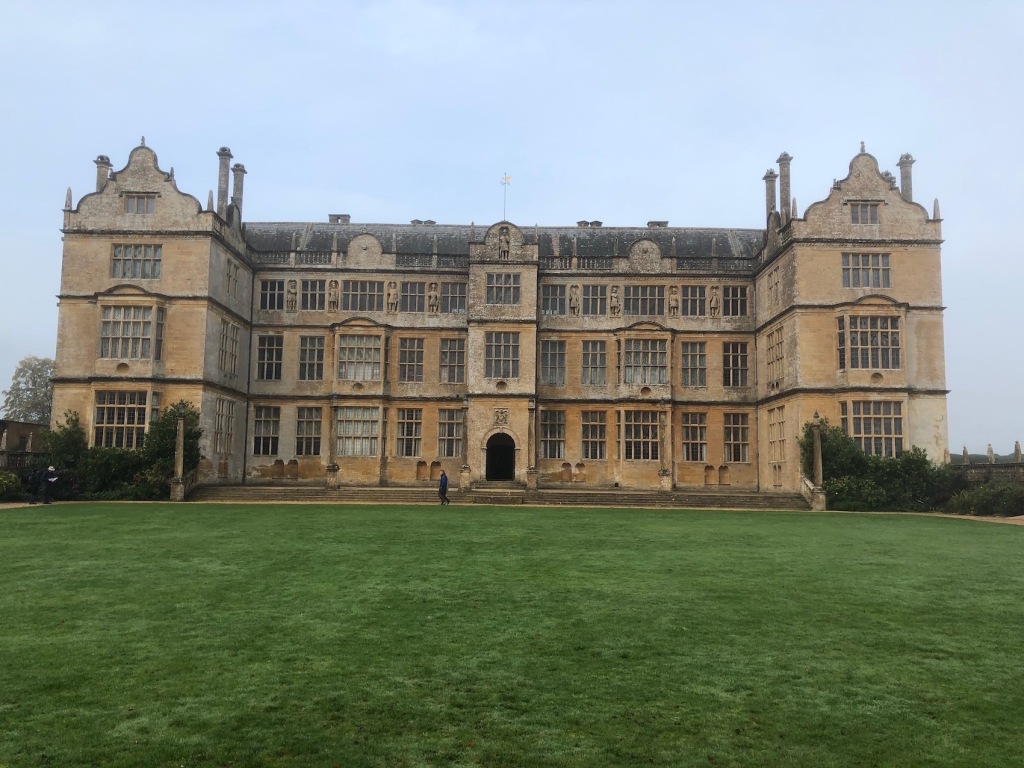

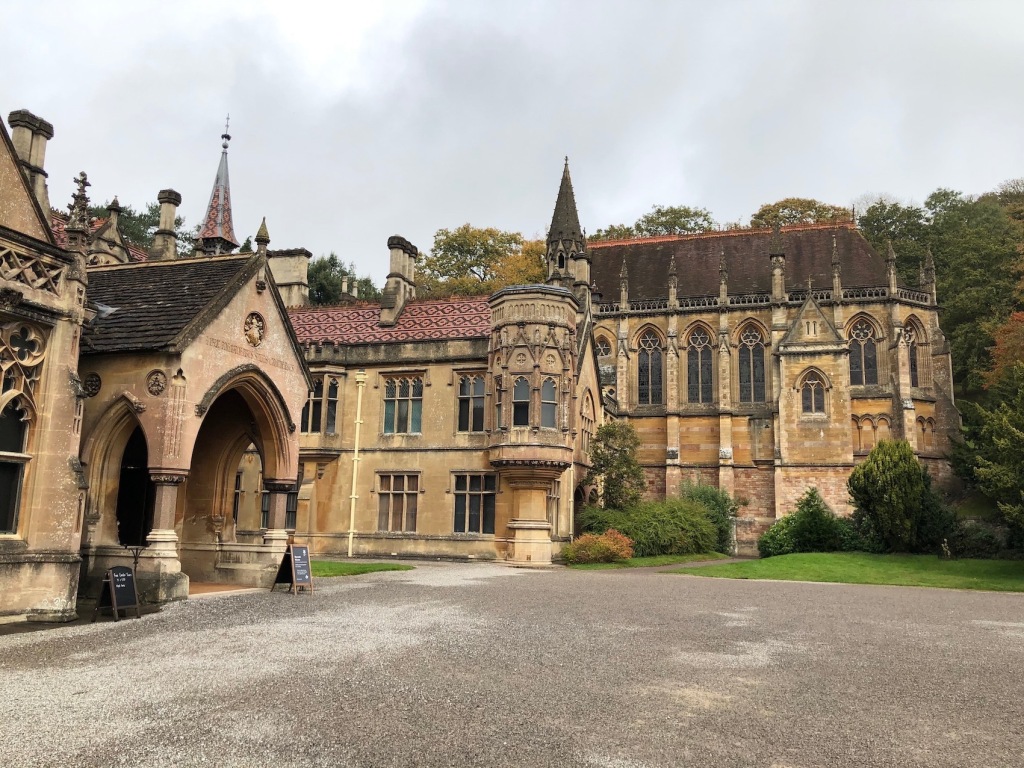
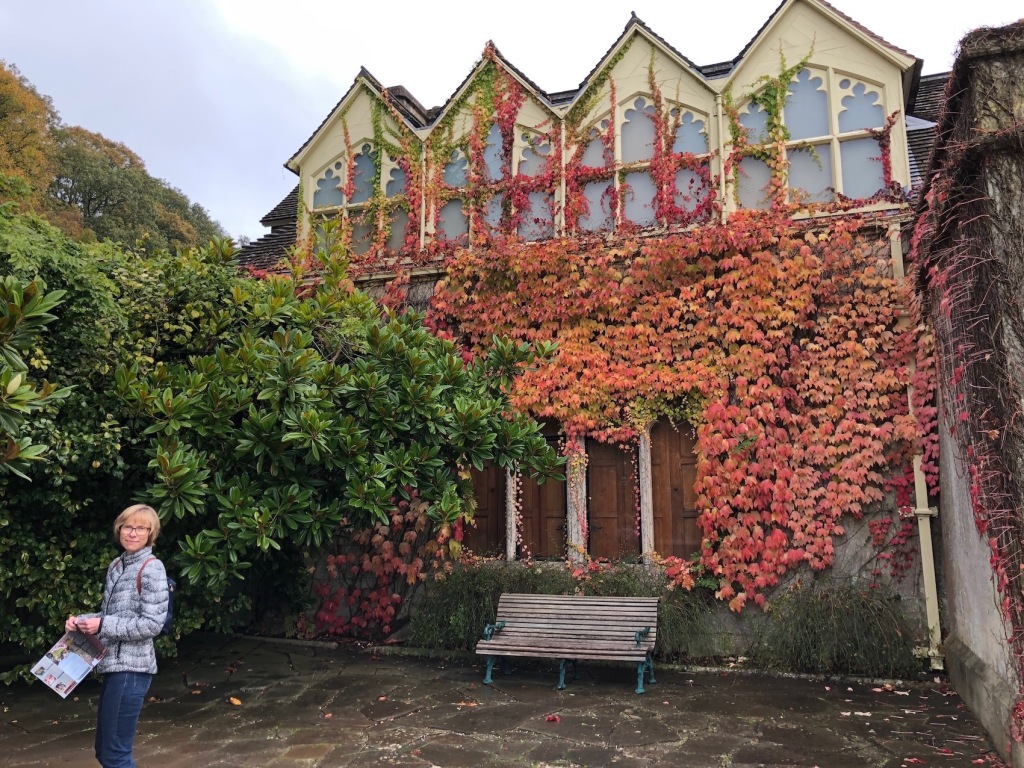
So there you have Somerset (and a bit of Devon) in a nutshell. We wondered if six nights might be a bit too much but, as it turned out, it isn’t near enough to do the place justice. We would definitely go back, perhaps staying somewhere a little bit more central. It was lovely being on the edge of Exmoor but it did feel like a place you wouldn’t want to get a puncture.
